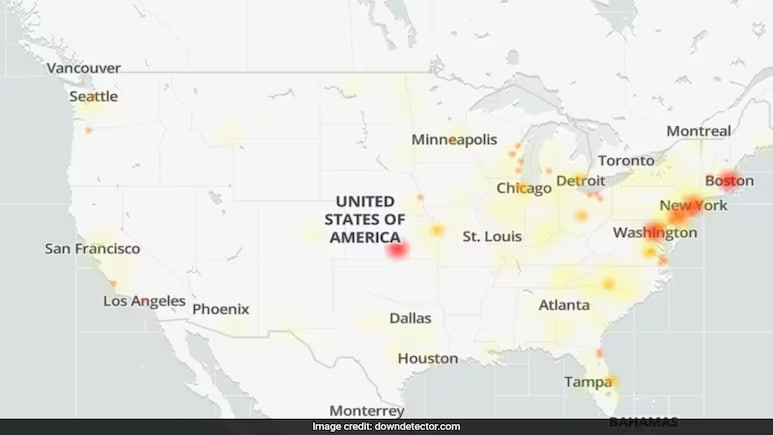The world of cryptocurrency trading has garnered immense attention in recent years, presenting both opportunities and challenges for those seeking to generate income. While it offers the potential for substantial profits, the volatile nature of the market demands caution and strategic planning. Here are some tips to navigate the cryptocurrency trading landscape:
1. Educate Yourself
Before diving into cryptocurrency trading, educate yourself about the market. Understand blockchain technology, different types of cryptocurrencies, market trends, and the factors influencing price movements. Knowledge is your most powerful tool in this fast-paced industry.
2. Start Small and Diversify
Begin with a modest investment that you can afford to lose. Diversify your portfolio across multiple cryptocurrencies to spread risk. Avoid putting all your funds into one asset, as the market can be unpredictable.
3. Keep Abreast of Market Trends
Stay updated with market news and trends. Follow reputable sources, join cryptocurrency communities, and use analytical tools to gauge market sentiment. Being informed about industry developments can help you make informed trading decisions.
4. Have a Clear Strategy
Develop a trading strategy and stick to it. Determine your risk tolerance, entry and exit points, profit targets, and stop-loss levels before executing any trades. Emotional decision-making often leads to impulsive actions, which can result in losses.
5. Use Reliable Exchanges and Wallets
Choose reputable cryptocurrency exchanges and secure wallets for your transactions. Research and verify the security measures in place to protect your assets. Security breaches and hacks are prevalent, so prioritize safety.
6. Practice Risk Management
Implement risk management strategies to mitigate potential losses. Set stop-loss orders to limit downside risk and protect your capital. Avoid investing more than you can afford to lose and refrain from chasing sudden price surges without proper analysis.
7. Understand Technical Analysis
Familiarize yourself with technical analysis tools and charts. Learn to interpret patterns, trends, support and resistance levels, and trading indicators. Technical analysis can assist in identifying potential entry and exit points for trades.
8. Hodl vs. Trading
Decide whether you want to be a long-term holder (Hodler) or an active trader. Long-term investment strategies often involve less stress and can capitalize on the potential growth of cryptocurrencies, while active trading requires constant monitoring and quick decision-making.
9. Control Emotions
Emotions can cloud judgment and lead to impulsive decisions. Fear of missing out (FOMO) or fear of loss (FUD) can impact your trading strategy. Stay disciplined and rationalize your decisions based on analysis rather than emotions.
10. Continuously Learn and Adapt
The cryptocurrency market is dynamic and ever-changing. Continuously educate yourself, adapt to market conditions, learn from both successes and failures, and refine your trading strategies accordingly.
Cryptocurrency trading can offer opportunities for generating income, but it’s essential to approach it with caution, diligence, and a willingness to learn. With a solid understanding of the market, a clear strategy, and disciplined execution, individuals can navigate the crypto space more confidently, potentially reaping rewards while managing risks. Always remember, the cryptocurrency market is highly volatile, and investing carries inherent risks. Only invest what you can afford to lose.






